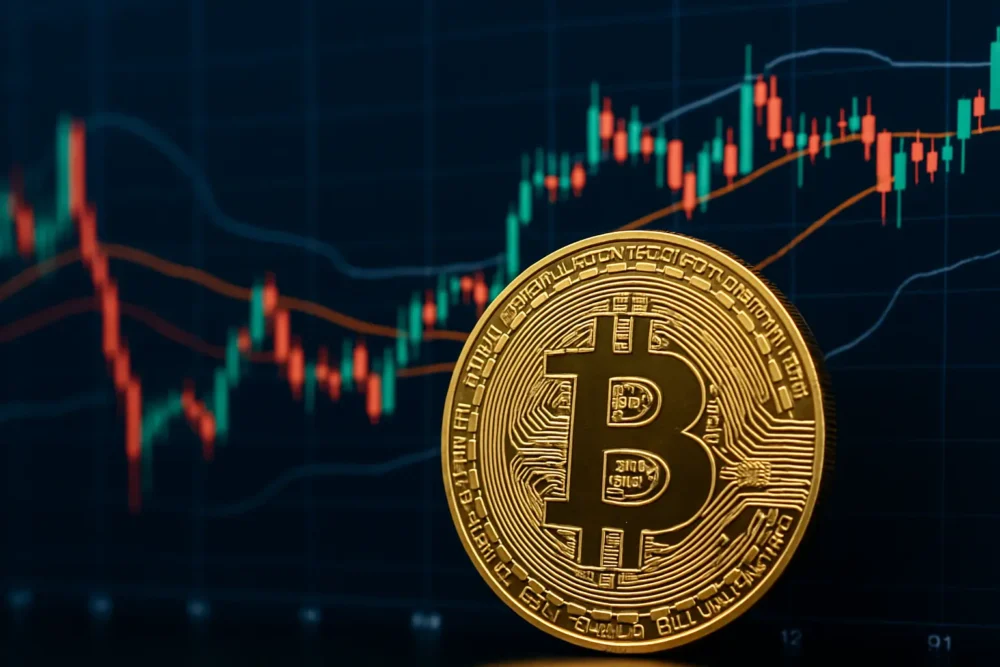The supply of Ether ($ETH) has been on an inflationary trend for the past 73 days, marking its longest inflationary spell since the Merge in 2022.
This trend follows the implementation of the Dencun upgrade in March.
According to data from Ethereum dashboard ultrasound.money, over 112,000 $ETH has been added to the overall supply since 14 April.
The Dencun upgrade, rolled out on 13 March, introduced nine Ethereum improvement proposals (EIPs).
Among these, EIP-4844 has had the most significant impact on the inflationary trend. This proposal introduced “blobs”, a mechanism allowing transaction data to be stored separately and temporarily, reducing fees on Ethereum layer-2 networks.
Additionally, Dencun implemented proto-danksharding, improving data availability for block space on the Ethereum mainnet.
While these changes reduced transaction costs on layer-2 networks like Arbitrum and Optimism, they also led to a decrease in the amount of $ETH burned on the mainnet.
Despite the recent inflation, the overall $ETH supply has decreased significantly since the Merge.
Over 1.5 million $ETH has been burned since September 2022, while 1.36 million $ETH has been added, resulting in a net reduction of 345,000 $ETH, equivalent to over $1.1 billion at current prices.
Progress on ETH spot ETFs
The Securities and Exchange Commission (SEC) has indicated that the process for launching the first spot Ether exchange-traded funds (ETFs) in the United States is proceeding smoothly.
SEC Chair, Gary Gensler, speaking at a Bloomberg conference on 25 June, did not specify when these ETFs might launch but emphasised the importance of thorough disclosure by asset managers.
The SEC approved initial filings from eight ETF bidders on 23 May, but asset managers are still refining their final filings.
Some analysts predict the SEC could approve these funds for trading as early as the first week of July.
There has been a notable increase in Ethereum network activity, signalling anticipation of major trading activity.
On 23 June, active $ETH addresses spiked by 56%, reaching 806,500. The market is closely watching for updates on the Ethereum spot ETFs as well.
This comes along with the expectations that a positive announcement could drive $ETH prices toward the $4,000 mark.
Institutional investors such as Blackrock and VanEck are seen as key supporters of this potential price surge.
ETH price movement
This week, Ethereum’s price has seen a recovery after extending losses and dropping below the $3,350 zone.
$ETH tested the $3,240 support level before starting an upward trend, rising above $3,300 and $3,320.
The price encountered strong resistance near the $3,420 zone after spiking above the 61.8% Fibonacci retracement level of the downward move from $3,518 to $3,230.
A bearish trend line with resistance near $3,410 has formed on the hourly chart of ETH/USD, and $ETH remains below both $3,420 and the 100-hourly Simple Moving Average.
For an upward movement, $ETH needs to break past the trend line resistance and $3,420. The first major resistance is near $3,450, close to the 76.4% Fibonacci retracement level.
A close above $3,450 could propel $ETH toward $3,520, with subsequent key resistances at $3,550 and $3,620. A successful breach of these levels might see $ETH rise towards $3,650 and potentially the $3,720 resistance zone.


